It looks like you're using an Ad Blocker.
Please white-list or disable AboveTopSecret.com in your ad-blocking tool.
Thank you.
Some features of ATS will be disabled while you continue to use an ad-blocker.
share:
New Findings Connect Puma Punku To Every Known Alien Species
The Wall of Humanity - Puma Punku - Tiahuanaco
Connecting the mysterious heads to alien species around the World
The ancient site of Puma Punku at Tiahuanaco, Boliva is well known to ancient alien theorists including the vast majority of truth seekers that frequent this site. Many aspects of Puma Punku defy any mainstream explanations regarding the ability of pre-columbian people to achieve the mathematical precision and geometric complexity of the stone work found there. While mainstream archeologists dated the site to 1000 A.D., recent discoveries of monolithic structures 15-20 meters under the surface of nearby Lake Titicaca, off the coast of Puerto Acosta, establish that this civilization may date back as much as 12,000 earlier. This post will not address the topics of alien technology or dating of the site since so many have already done a good job covering these perspectives.
This post attempts to bring new visual connections between the many sculpted heads that adorn the so-called "Wall of Humanity" (more accurate to call it the Wall of Aliens) at Puma Punku and representations of aliens around the World and throughout history.
The graphic below was created by me to illustrate how accurately the various heads on the Wall of Humanity resemble the many depictions of ancient aliens that date back as far as 3000 B.C. (or older).
Each side-by-side example shows a famous artwork or likeness of an alien "god" on the left, and the corresponding sculpted head from Puma Punku's Wall of Humanity on the right. Look at how amazingly similar these comparisons are!
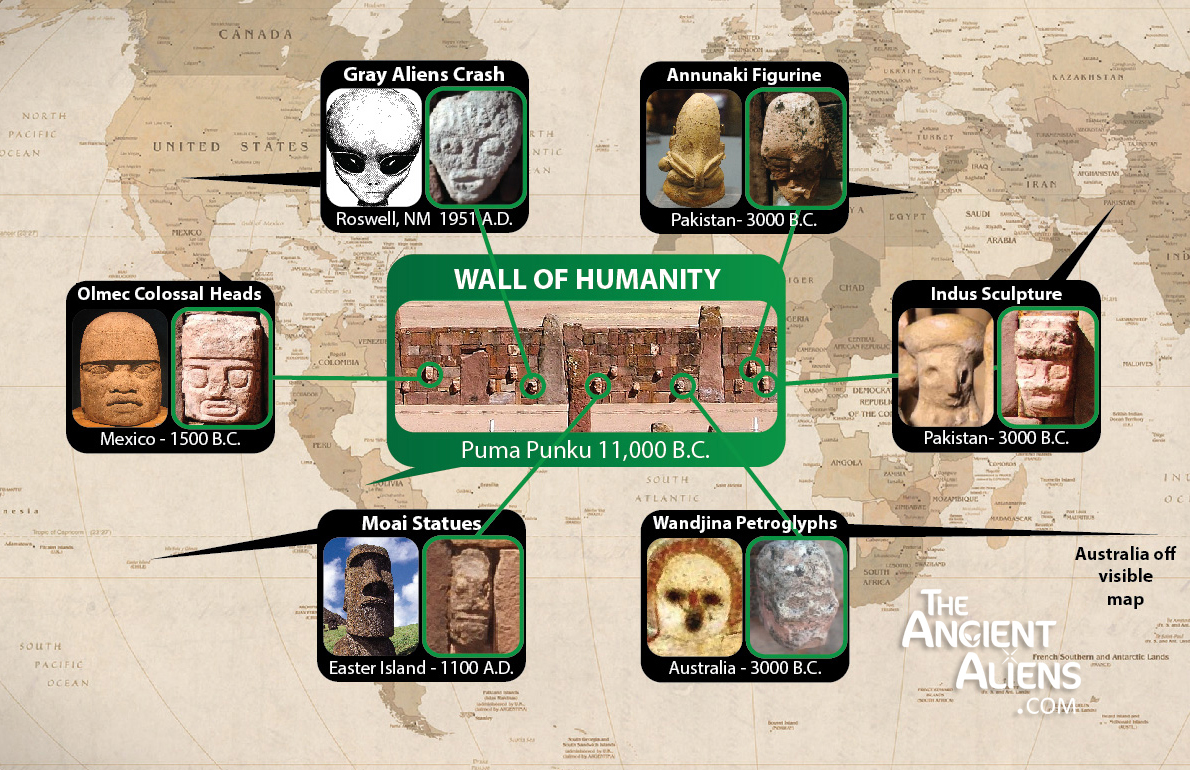
Alien Species: Grays, Olmec, Moai, Annunaki, Indus, Wandjina
All are found represented on this one wall in Puma Punku!
Now, consider how unlikely it would be that the pre-Columbian people of Tiahuanco, (who used bronze, stone and wood hand tools), could have crossed oceans and traveled to all these continents to see these sculptures and artworks in order to recreate them at Puma Punku. The chances are simply ZERO. Unless, the artisans of Puma Punku were able to see the beings depicted on the Wall in person by the beings visiting Puma Punku or the artisans visiting the beings around the World through advanced air or water crafts. These are the only explanation for these accurate likenesses of alien beings.
Theory Offered for Discussion:
The site at Puma Punku was a type of United Alien Nations. The various species of aliens that inhabited or visited Earth would gather at Puma Punku for international (or intergalactic) summits to discuss the state of agriculture, human development, trade and territories.
The reason for the elaborate interlocking stone constructions found at Puma Punku was to create long-term building where these meetings could take place for thousands of years. The multiple "Sun Gates" found at Puma Punku were likely entry doorways where alien species embarked or disembarked from their flying crafts that brought them from other continents to Puma Punku. Remember, to humans, these beings were gods, and so they were regarded as sons and daughters of Viracoacha, the great creator and destroyer god.
For more on Puma Punku and this perspective, visit this page:
TheAncientAliens.com - Puma Punku
(Important to note this site is NOT associated with the TV show. It is more factual and absent of bad hairstyles)
-Kanu
The Wall of Humanity - Puma Punku - Tiahuanaco
Connecting the mysterious heads to alien species around the World
The ancient site of Puma Punku at Tiahuanaco, Boliva is well known to ancient alien theorists including the vast majority of truth seekers that frequent this site. Many aspects of Puma Punku defy any mainstream explanations regarding the ability of pre-columbian people to achieve the mathematical precision and geometric complexity of the stone work found there. While mainstream archeologists dated the site to 1000 A.D., recent discoveries of monolithic structures 15-20 meters under the surface of nearby Lake Titicaca, off the coast of Puerto Acosta, establish that this civilization may date back as much as 12,000 earlier. This post will not address the topics of alien technology or dating of the site since so many have already done a good job covering these perspectives.
This post attempts to bring new visual connections between the many sculpted heads that adorn the so-called "Wall of Humanity" (more accurate to call it the Wall of Aliens) at Puma Punku and representations of aliens around the World and throughout history.
The graphic below was created by me to illustrate how accurately the various heads on the Wall of Humanity resemble the many depictions of ancient aliens that date back as far as 3000 B.C. (or older).
Each side-by-side example shows a famous artwork or likeness of an alien "god" on the left, and the corresponding sculpted head from Puma Punku's Wall of Humanity on the right. Look at how amazingly similar these comparisons are!

Alien Species: Grays, Olmec, Moai, Annunaki, Indus, Wandjina
All are found represented on this one wall in Puma Punku!
Now, consider how unlikely it would be that the pre-Columbian people of Tiahuanco, (who used bronze, stone and wood hand tools), could have crossed oceans and traveled to all these continents to see these sculptures and artworks in order to recreate them at Puma Punku. The chances are simply ZERO. Unless, the artisans of Puma Punku were able to see the beings depicted on the Wall in person by the beings visiting Puma Punku or the artisans visiting the beings around the World through advanced air or water crafts. These are the only explanation for these accurate likenesses of alien beings.
Theory Offered for Discussion:
The site at Puma Punku was a type of United Alien Nations. The various species of aliens that inhabited or visited Earth would gather at Puma Punku for international (or intergalactic) summits to discuss the state of agriculture, human development, trade and territories.
The reason for the elaborate interlocking stone constructions found at Puma Punku was to create long-term building where these meetings could take place for thousands of years. The multiple "Sun Gates" found at Puma Punku were likely entry doorways where alien species embarked or disembarked from their flying crafts that brought them from other continents to Puma Punku. Remember, to humans, these beings were gods, and so they were regarded as sons and daughters of Viracoacha, the great creator and destroyer god.
For more on Puma Punku and this perspective, visit this page:
TheAncientAliens.com - Puma Punku
(Important to note this site is NOT associated with the TV show. It is more factual and absent of bad hairstyles)
-Kanu
Superb effort! S&F for your efforts. I had never noticed this before??
Brilliant.
Brilliant.
reply to post by CaptainBeno
Thanks Capt. Beno! Your Avatar has been cracking me up every time I see it! Brilliant!
Thanks Capt. Beno! Your Avatar has been cracking me up every time I see it! Brilliant!
i used to put stock in things such as this..
but when i started tugging at the loose threads it all fell apart.
the olmec heads are varied, some appear african, some polynesian, etc, but they do seem to be completely human.
i'd be willing to venture what we're seeing there are vestiges of the various pre-flood/cataclysm empires.
the wandjina may as well be the greys. the aborigines have always referred to them as 'spirits'
as for the other mishapen blobs, i'm just thinking nephilim hybrids (i'm keen on jesus these days)
fwiw, i think you're spot on about that part where they landed in puma punku, i don't want to elaborate on it, suffice to say i agree 100% on that
my main problem with this is, how can it be any other way that we're going to be expected to 'get onboard' with the way this has been presented, ie: they are our ancient cousins (so be nice to them when they show up again)
i wish it were that simple, what you've presented here.. but then i'd have to reconcile histories of human sacrifice (or so we're told) and the fact these 'space-fellows' (as they're being presented) have apparently been hanging around, out of sight, for the past few thousand years.. what's that all about?
if they're here, just make an appearance already? i'm more interested in why they 'vacated' in the first place.
there's something about all this we're not being told. there's something about all this that's being cleverly hoisted on us.
that's my two cents anyway.. fwiw, i S&F'd
but when i started tugging at the loose threads it all fell apart.
the olmec heads are varied, some appear african, some polynesian, etc, but they do seem to be completely human.
i'd be willing to venture what we're seeing there are vestiges of the various pre-flood/cataclysm empires.
the wandjina may as well be the greys. the aborigines have always referred to them as 'spirits'
as for the other mishapen blobs, i'm just thinking nephilim hybrids (i'm keen on jesus these days)
fwiw, i think you're spot on about that part where they landed in puma punku, i don't want to elaborate on it, suffice to say i agree 100% on that
my main problem with this is, how can it be any other way that we're going to be expected to 'get onboard' with the way this has been presented, ie: they are our ancient cousins (so be nice to them when they show up again)
i wish it were that simple, what you've presented here.. but then i'd have to reconcile histories of human sacrifice (or so we're told) and the fact these 'space-fellows' (as they're being presented) have apparently been hanging around, out of sight, for the past few thousand years.. what's that all about?
if they're here, just make an appearance already? i'm more interested in why they 'vacated' in the first place.
there's something about all this we're not being told. there's something about all this that's being cleverly hoisted on us.
that's my two cents anyway.. fwiw, i S&F'd
edit on 3-4-2014 by UNIT76 because: the force is strong in this one
reply to post by KanuTruth
Ha Thanks mate! I was thinking of going back to Cookie monster for a while! He always makes me laugh!
Ha Thanks mate! I was thinking of going back to Cookie monster for a while! He always makes me laugh!
What's up with this guy on the bottom left? It looks terrified compared to the others.
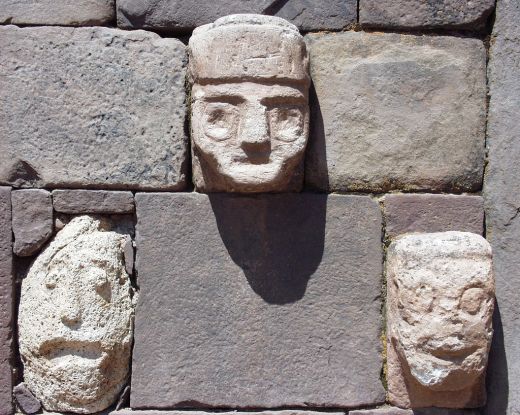

speculativeoptimist
What's up with this guy on the bottom left? It looks terrified compared to the others.
LOL. It's almost like the one on top is letting the one on the bottom left have it and the one on the bottom right is laughing.
here is somethimg id like to throw into the mix here
www.abovetopsecret.com...
7000 year old harbours...
While i agree that the different people represented by the different skulls had contact with each other at that time
maybe the answer isn't aliens
this will certainly explain your proto sumerian writing on that dish
yeah, gotta throw a nod to CB's AV
www.abovetopsecret.com...
7000 year old harbours...
While i agree that the different people represented by the different skulls had contact with each other at that time
maybe the answer isn't aliens
this will certainly explain your proto sumerian writing on that dish
edit on Thuam4b20144America/Chicago56 by Danbones because: (no reason
given)
yeah, gotta throw a nod to CB's AV
edit on Thuam4b20144America/Chicago28 by Danbones because: (no reason given)
reply to post by speculativeoptimist
i've spent the last 20 minutes or so trying to dig up a picture that i think could be related to that..
i first saw the pic in a von daniken book, i think it was 'gold of the gods', there are two 'medieval looking' beings pushing some kind of wheelbarrow thing? they appear to be wearing jester-type hats (or have radial dials emanating from the head) in the book iirc the pic was an etching (rendition) although i swear i've seen a (real life) photo of the same being(s) ..can't remember if it was alone or with its buddy?
something about that 'terrified' face reminds me of it.. i think someone will know what i'm rambling about here, and will post the pic for comparison. (i think it's also engraved onto a cliff somewhere? but it's not that big trident holding dude carved at nazca)
sorry i couldn't actually be useful just then... /giggles
i've spent the last 20 minutes or so trying to dig up a picture that i think could be related to that..
i first saw the pic in a von daniken book, i think it was 'gold of the gods', there are two 'medieval looking' beings pushing some kind of wheelbarrow thing? they appear to be wearing jester-type hats (or have radial dials emanating from the head) in the book iirc the pic was an etching (rendition) although i swear i've seen a (real life) photo of the same being(s) ..can't remember if it was alone or with its buddy?
something about that 'terrified' face reminds me of it.. i think someone will know what i'm rambling about here, and will post the pic for comparison. (i think it's also engraved onto a cliff somewhere? but it's not that big trident holding dude carved at nazca)
sorry i couldn't actually be useful just then... /giggles
To start off with i'll star this for a very well presented OP.
Now here comes the "but" part lol.
The op states that this connects to all KNOWN alien species, unless i have missed a serious discovery, there is to date no actual proof of alien existence. Dont get me wrong, i personally would welcome the news of alien beings being found to have visited us, however for now the word "possible" would have worked better than "known" IMHO.
Now here comes the "but" part lol.
The op states that this connects to all KNOWN alien species, unless i have missed a serious discovery, there is to date no actual proof of alien existence. Dont get me wrong, i personally would welcome the news of alien beings being found to have visited us, however for now the word "possible" would have worked better than "known" IMHO.
reply to post by theantediluvian
You are right in saying one is laughing and the other crying. It made me think of this here.

But the guy on top in the picture from Puma Punku is also neutral looking. Maybe these 3 represent the 3 "major" emotions?
Very interesting thread, OP.
In the link you provided, they also show representations of "superior beings" from old cultures from around the world, and true enough, they all show an elongated head, tho some are hidden beneath a hat, or head headgear of sorts... I had never thought about those images in that way.
Thanks OP!
You are right in saying one is laughing and the other crying. It made me think of this here.

But the guy on top in the picture from Puma Punku is also neutral looking. Maybe these 3 represent the 3 "major" emotions?
Very interesting thread, OP.
In the link you provided, they also show representations of "superior beings" from old cultures from around the world, and true enough, they all show an elongated head, tho some are hidden beneath a hat, or head headgear of sorts... I had never thought about those images in that way.
Thanks OP!
nice work.....aliens ? maybe....there is an awful lot we do not know about our ancient history....either that or we humans at one point were a lot
more diverse than we are now and had some impressive technology that was destroyed....interesting stuff either way
So, let me get this straight....
Massively technologically advanced inter-galactic traveling species come here to build a technical stone marvel of a building, accurately aligned to cosmological dates, mathematically sound, complex in every way... Except...
These incredibly crap sculptures of the actual species that are going to use this building for serious political inter-galactic discussions?
Maybe they held an art competition at golbeki tepi nursery for alien travellers and these were the winning sculptures from the alien kids?
Because you wouldn't just laser sculpt exact replicas of the famous alien diplomats in perfect infinite detail. No.. You wouldn't do that...
Massively technologically advanced inter-galactic traveling species come here to build a technical stone marvel of a building, accurately aligned to cosmological dates, mathematically sound, complex in every way... Except...
These incredibly crap sculptures of the actual species that are going to use this building for serious political inter-galactic discussions?
Maybe they held an art competition at golbeki tepi nursery for alien travellers and these were the winning sculptures from the alien kids?
Because you wouldn't just laser sculpt exact replicas of the famous alien diplomats in perfect infinite detail. No.. You wouldn't do that...
Just to get the basic facts straight, in order to make an old archaeologist like myself happy, what you call "The Wall of Humanity" is not to be found
at Puma Punku. It is to be found at the larger temple complex of Tiwanaku (Tiahuanaco). So if you take a peek at the image below, it corresponds with
number 3, whereas Puma Punku is a site about 2 km away and corresponds with 7.
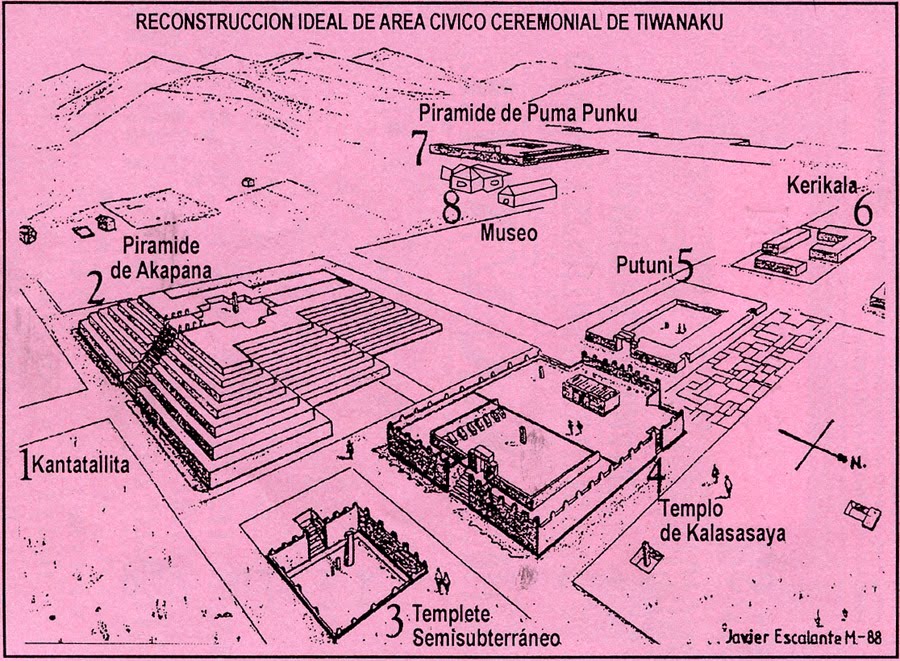
You could say that Tiwanaku and Puma Punku is part of the same complex, kind of like the Giza Pyramids and the Sphinx is part of a larger ensemble, but technically they've been split up into different sites.
What you call "The Wall of Humanity" is not a wall but four sides of a sub-level enclosure. Based on similar enclosures found around the Alti plano, we believe this is on of the most sacred places of the temple complex.
I spent a month at Tiwanaku and Puma Punku last year together with a Bolivian colleague. To me, this enclosure is the Sanctuary of the Viracochas, the mysterious white, bearded gods that local creation myths say appeared in the region in pre-columbian days. In the middle of the enclosure you'll find a worn standing stone depicting a bearded man, thought to be Viracocha himself. The faces in the surrounding walls I believe are other distinguished Viracochas. The head dresses worn by some of these heads indicate they're shamans, or somehow related to shamanic practices.
But of course, I could be wrong...

You could say that Tiwanaku and Puma Punku is part of the same complex, kind of like the Giza Pyramids and the Sphinx is part of a larger ensemble, but technically they've been split up into different sites.
What you call "The Wall of Humanity" is not a wall but four sides of a sub-level enclosure. Based on similar enclosures found around the Alti plano, we believe this is on of the most sacred places of the temple complex.
I spent a month at Tiwanaku and Puma Punku last year together with a Bolivian colleague. To me, this enclosure is the Sanctuary of the Viracochas, the mysterious white, bearded gods that local creation myths say appeared in the region in pre-columbian days. In the middle of the enclosure you'll find a worn standing stone depicting a bearded man, thought to be Viracocha himself. The faces in the surrounding walls I believe are other distinguished Viracochas. The head dresses worn by some of these heads indicate they're shamans, or somehow related to shamanic practices.
But of course, I could be wrong...
edit on 3-4-2014 by Heliocentric because: flying from the edge although sometimes very scared the wise
sage returns
I`m assuming thats your website and your work. If so, I congratulate you on coming up with your own material instead of rehashing others. Interesting
stuff.
reply to post by KanuTruth
The problem with this kind of comparison is the wastage..... I do not know how many faces/figures are represented but let's say for argument 1000. You have managed to match 5 out 1000. That is quite clearly nothing more than coincidence.
So how many faces are represented at Puma Punku ? No sloaping shoulder answers typical of ATS please, how many faces so we can assess the percentage of matches.
The problem with this kind of comparison is the wastage..... I do not know how many faces/figures are represented but let's say for argument 1000. You have managed to match 5 out 1000. That is quite clearly nothing more than coincidence.
So how many faces are represented at Puma Punku ? No sloaping shoulder answers typical of ATS please, how many faces so we can assess the percentage of matches.
Not to get too off topic but in regards to Tiahuanaco, what I found most fascinating is the pyramid of Akapana.
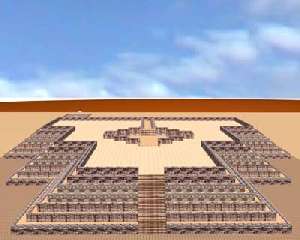
www.unexplained-mysteries.com...
Robotic exploration of a newly-discovered tunnel in the Akapana pyramid, June 13, 2006
Here is a little detail on the robotic exploration of a shaft which is loosely translated:
www.grahamhancock.com...
Beyond that blurb and a few similar on other sites, there is much else on the robot.
Going a few steps further we have:
teacherweb.com...
interactive.archaeology.org...
and finally:
bold emphasis is mine.
www.cast.uark.edu... hlight=ajaxSearch_highlight+ajaxSearch_highlight1+ajaxSearch_highlight2
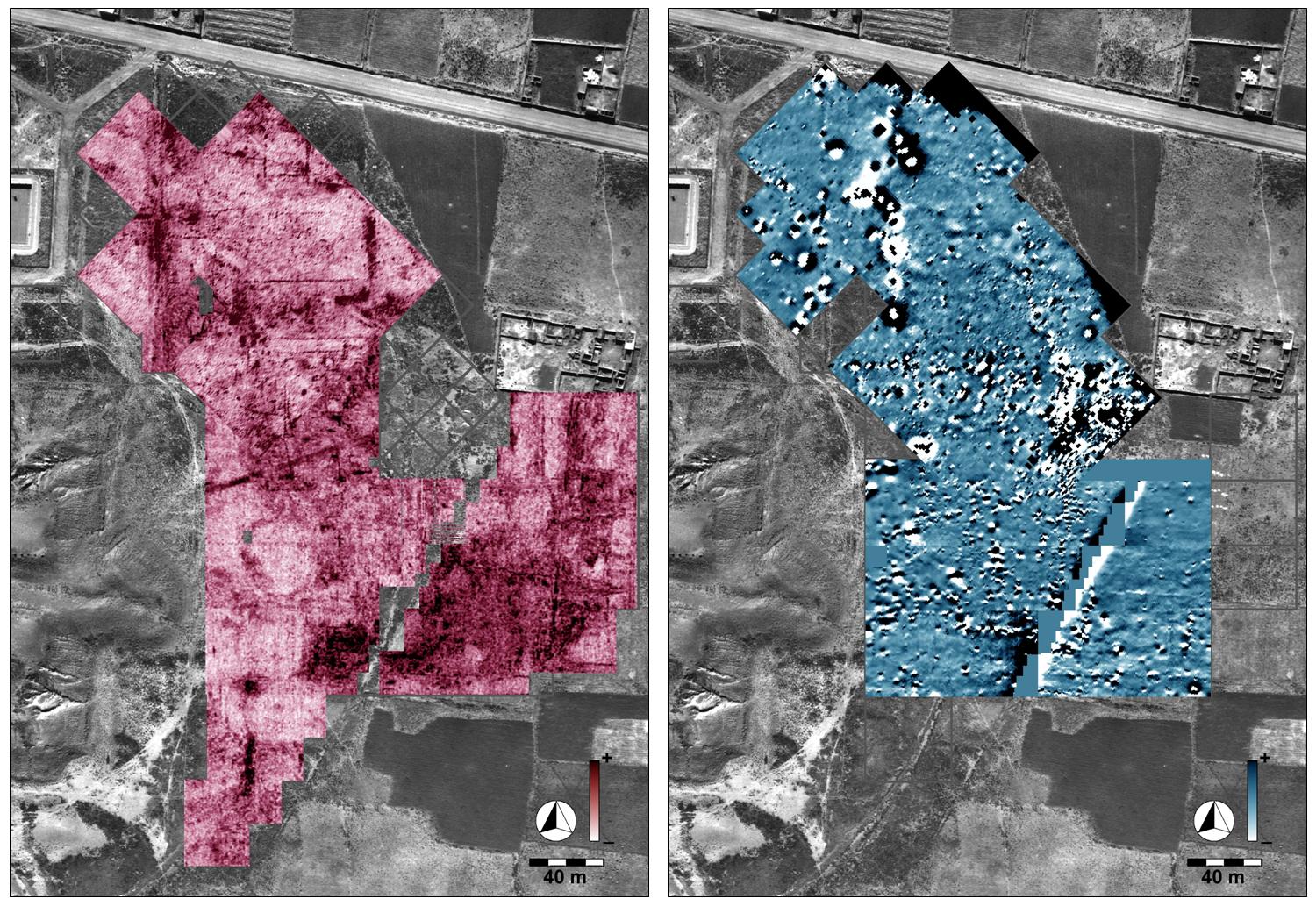
Just amazing stuff from our supposed caveman brethren. Sorry this wasn't about the 'alien heads' but thought it was worth sharing.

The great pyramid of Tiwanaku, called the Akapana, is nearly the size of the great pyramid of Khufu, and might actually hold chambers in its interior. Ongoing excavations revealed a complex network of tunnels and passageways very similar to the shafts of egyptian pyramids.
www.unexplained-mysteries.com...
Robotic exploration of a newly-discovered tunnel in the Akapana pyramid, June 13, 2006
Here is a little detail on the robotic exploration of a shaft which is loosely translated:
A robot investigates the pyramid of Akapana in Tiahuanaco
Like he was made in the great pyramid of Gizeh in Egypt, investigators have used a robot to explore a tunnel found in the pyramid of Akapana, located in the archaeological zone of Tiahuanaco according to informs the newspaper the Universal one into Mexico.
In the pyramid constructed between years 400 and 700 of ours he was, detected a mysterious tunnel which was decided to investigate by means of this technique. The robot was able to lower 3.8 meters by the interior of the tunnel and later to slide 18 meters in line horizontal by the same one. To little, the robot stopped when appearing before him a slope of 1.7 meters, moment at which the investigators before the fear to lose the talent, decided to suspend the operation.
It is predicted to construct another model of robot that can draw for this obstacle and return to undertake the investigation. One thinks that the tunnel can lead to a ceremonial camera, but the possible content of the same one is not known, although it is speculated on with the funeral camera of a monarch of Tiahuanaco.
www.grahamhancock.com...
Beyond that blurb and a few similar on other sites, there is much else on the robot.
Going a few steps further we have:
Robotic exploration of a newly-discovered tunnel in the Akapana pyramid, June 13, 2006
Recently, the Department of Archaeology of Bolivia (DINAR, directed by Javier Escalante) has been conducting excavations on the Akapana pyramid. The Proyecto Arqueologico Pumapunku-Akapana (PAPA, or Pumapunku-Akapana Archaeological Project) run by the University of Pennsylvania, has been excavating in the area surrounding the pyramid for the past few years, and also conducting Ground Penetrating Radar surveys of the area
teacherweb.com...
The field season began with three surveys in different areas using the 400Mhz and the 200Mhz antennas in order to accurately assess the soil context and its relationship to the radar signal in terms of velocity and depth. The soil has a high percentage of clay, which seems to be slowing down the radar signal quite a bit, making prospection difficult since the architecture is located at varying depths below the surface.
interactive.archaeology.org...
and finally:
Geophysics at Tiwanaku Ground-penetrating radar (GPR), magnetometry, induced electrical conductivity, and magnetic susceptibility mapping in the northeast quadrant of Tiwanaku’s monumental core has revealed a series of previously unknown architectural features. Several of these were tested with excavations and confirmed to be wall foundations and conduits. Others await subsurface testing but the synergy of geophysical data, aerial photographs, and topographic data provide strong evidence for the following features: two residential compounds, four pools for water retention, a series of conduits, revetments, and a square structure. The combination of GPR and magnetometry has proven particularly useful at Tiwanaku. While the majority of buried architectural features seem to be detected with GPR, magnetometry helps to distinguish between local building materials (mostly sandstone and other sedimentary rocks) and the ritually significant andesite imported from the shores of Lake Titicaca. The data suggest that a series of east facing revetments were built with andesite while those facing north were not, a pattern consistent elsewhere at Tiwanaku.
bold emphasis is mine.
www.cast.uark.edu... hlight=ajaxSearch_highlight+ajaxSearch_highlight1+ajaxSearch_highlight2

Just amazing stuff from our supposed caveman brethren. Sorry this wasn't about the 'alien heads' but thought it was worth sharing.
new topics
-
Holy Cow! Erm...Six Legged Turkey!!
World Sports: 3 hours ago -
Ben Habib has Left Reform UK
Regional Politics: 6 hours ago -
Turkey Day Rhyme…
Short Stories: 6 hours ago -
Can someone please translate Biden's speech?
US Political Madness: 7 hours ago -
NIH Chief Confesses COVID Initiatives Were "Completely Made Up " OMG Investigates
Health & Wellness: 8 hours ago -
Awesome Dip Recipe
Food and Cooking: 11 hours ago -
Vladimir Putin's speech at the meeting of the CSTO Collective Security Council
World War Three: 11 hours ago
top topics
-
NIH Chief Confesses COVID Initiatives Were "Completely Made Up " OMG Investigates
Health & Wellness: 8 hours ago, 9 flags -
Vladimir Putin's speech at the meeting of the CSTO Collective Security Council
World War Three: 11 hours ago, 8 flags -
Traveling the world with no passport
Social Issues and Civil Unrest: 16 hours ago, 7 flags -
Can someone please translate Biden's speech?
US Political Madness: 7 hours ago, 7 flags -
Awesome Dip Recipe
Food and Cooking: 11 hours ago, 5 flags -
Turkey Day Rhyme…
Short Stories: 6 hours ago, 5 flags -
Ben Habib has Left Reform UK
Regional Politics: 6 hours ago, 4 flags -
Holy Cow! Erm...Six Legged Turkey!!
World Sports: 3 hours ago, 2 flags
active topics
-
Vladimir Putin's speech at the meeting of the CSTO Collective Security Council
World War Three • 60 • : Astrocometus -
The Party of Peace - Trump Cabinet Picks Targeted with Death Threats
US Political Madness • 41 • : NorthOS -
V.P. Kamala Harris releases a video and nobody understands why
US Political Madness • 87 • : Astrocometus -
-@TH3WH17ERABB17- -Q- ---TIME TO SHOW THE WORLD--- -Part- --44--
Dissecting Disinformation • 3393 • : RelSciHistItSufi -
Traveling the world with no passport
Social Issues and Civil Unrest • 9 • : KnowItAllKnowNothin -
NIH Chief Confesses COVID Initiatives Were "Completely Made Up " OMG Investigates
Health & Wellness • 14 • : KnowItAllKnowNothin -
Holy Cow! Erm...Six Legged Turkey!!
World Sports • 2 • : RazorV66 -
Awesome Dip Recipe
Food and Cooking • 5 • : JJproductions -
Turkey Day Rhyme…
Short Stories • 4 • : JJproductions -
Mood Music Part VI
Music • 3721 • : BrucellaOrchitis
